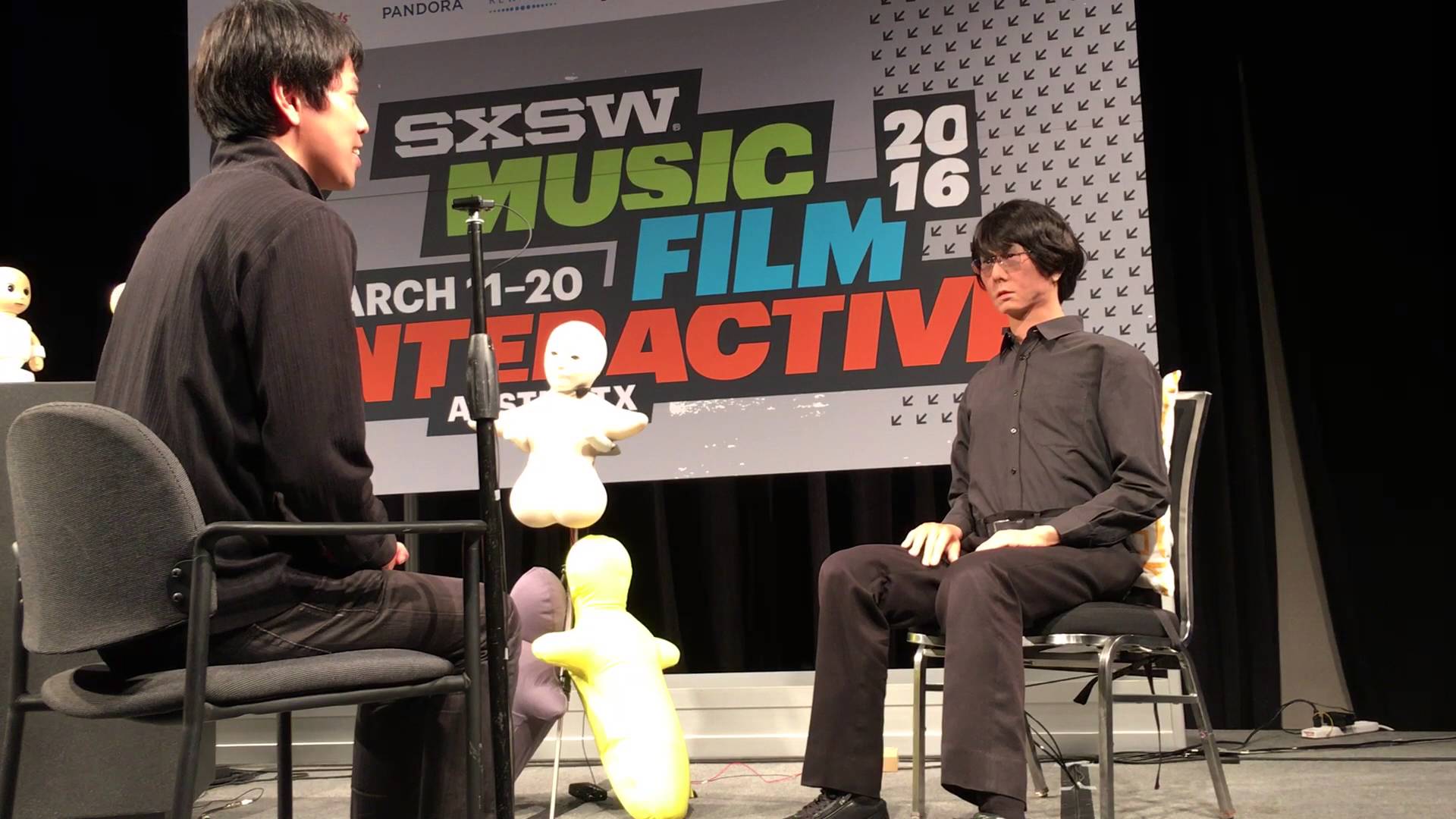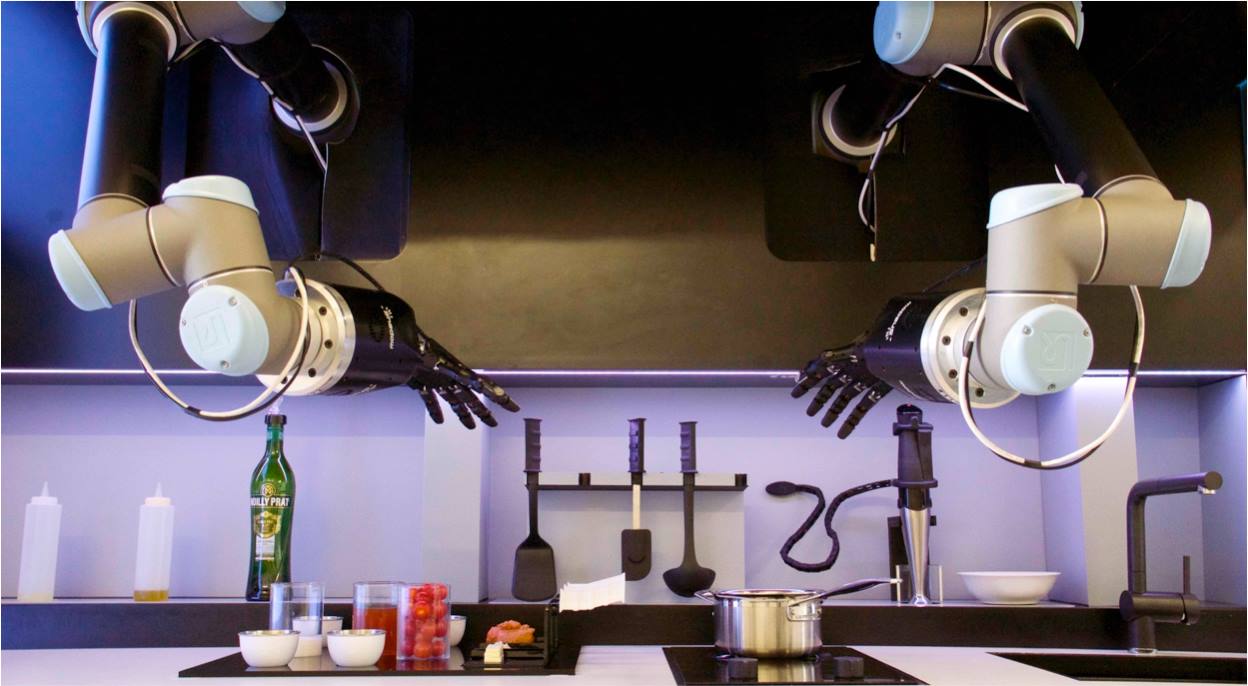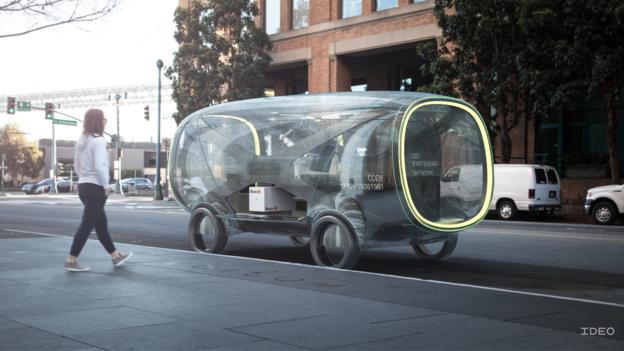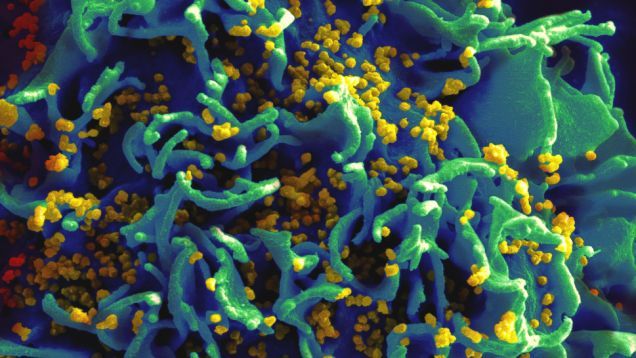Page 11267
Mar 22, 2016
A company made a robot kitchen that will cook you dinner and clean up afterwards
Posted by Shailesh Prasad in categories: food, robotics/AI
Mar 22, 2016
We had all better hope these scientists are wrong about the planet’s future
Posted by Sean Brazell in categories: climatology, sustainability
A controversial climate change catastrophe study has now made its way through peer review.
Mar 22, 2016
Seven ways the driverless car will change your life
Posted by Aleksandar Vukovic in categories: robotics/AI, transportation
I like it already…
Autonomous vehicles will bring about an age of safe and effortless travel. But anything that comes with a trunk also comes with baggage.
Mar 22, 2016
What Do These Robots Mean For The Future Of Sex?
Posted by Sean Brazell in categories: computing, robotics/AI, sex

https://youtube.com/watch?v=a_mYvSVG3QY
For those unfamiliar, SXSW is a week-long, trendy, if not seriously geeky festival of film and culture, panels and discussions. This year, one of the strangest – and either most disturbing or most compelling, depending on where you stand – talks was delivered by Hiroshi Ishiguro, a Japanese inventor and roboticist. The Osaka University professor was speaking about human-like androids and what roles they might fill within society in the near future. Ishiguro discussed his greatest and most marvellous creation to date: a “Geminoid” (robot in his own likeness) whose human appearance has been deftly created through with a plastic skull, a metal skeleton and silicon skin – and is controlled by an external computer. It would be hard, at a glance, to tell the two apart. In fact, the Geminoid held an autonomous conversation in Japanese, on stage, in front of an audience of hundreds.
Geminoid is not Ishiguro’s first uncannily human robot. In 2005, he developed a female android named Repliee Q1Expo, telling the BBC, “I have developed many robots before, but I soon realised the importance of its appearance. A human-like appearance gives a robot a strong feeling of presence. Repliee Q1Expo can interact with people. It can respond to people touching it. It’s very satisfying.”
Continue reading “What Do These Robots Mean For The Future Of Sex?” »
Mar 22, 2016
Shockwave of an exploding star seen for the first time
Posted by Sean Brazell in category: space
It lasted only 20 minutes and took place 1.2 billion light years away, but NASA managed to catch it on camera: a star exploding.
The brilliant flash of an exploding star’s shockwave — or “shock breakout” — has been captured for the first time in visible light by the Kepler space telescope.
Mar 22, 2016
LIGO could catch dark matter made of black holes
Posted by Andreas Matt in categories: cosmology, physics
The black holes that kicked off the first detection of gravitational waves seem to be the right size and frequency to be long-sought primordial black holes.
Mar 22, 2016
Effect of systemic transplantation of bone marrow-derived mesenchymal stem cells on neuropathology markers in APP/PS1 Alzheimer mice
Posted by Steve Hill in categories: biotech/medical, neuroscience
Stem cells hold great potential!
Aims: Mesenchymal stem cells (MSC) have recently attracted interest as a potential basis for a cell based therapy of AD. We investigated the putative immune-modulatory effects in…
Mar 22, 2016
HIV Genes Successfully Edited Out of Immune Cells
Posted by Sean Brazell in categories: bioengineering, biotech/medical, genetics
This could have some truly profound implications for the treatment of all viruses, including HIV!
Researchers from Temple University have used the CRISPR/Cas9 gene editing tool to clear out the entire HIV-1 genome from a patient’s infected immune cells. It’s a remarkable achievement that could have profound implications for the treatment of AIDS and other retroviruses.
When we think about CRISPR/Cas9 we tend to think of it as a tool to eliminate heritable genetic diseases, or as a way to introduce new genes altogether. But as this new research shows, it also holds great promise as a means to eliminate viruses that have planted their nefarious genetic codes within host cells. This latest achievement now appears in Nature Scientific Reports.
Continue reading “HIV Genes Successfully Edited Out of Immune Cells” »
Consciousness is one of the most mysterious phenomena we know of. But evidence is emerging that it might just be a very special kind of information processing.
















